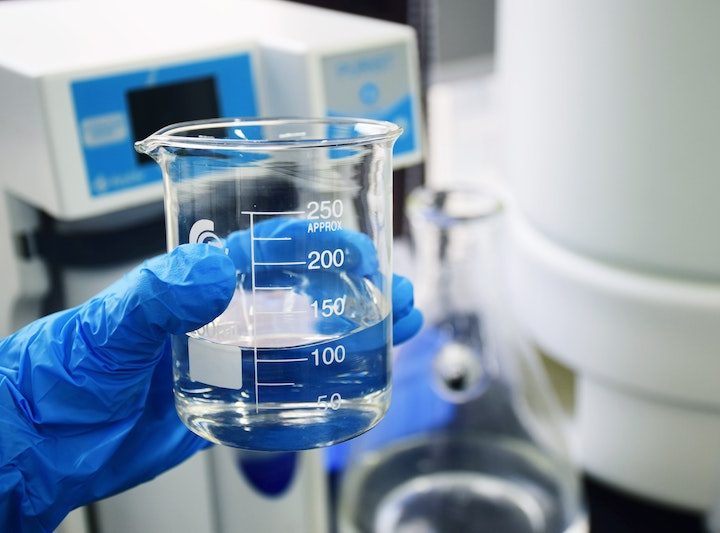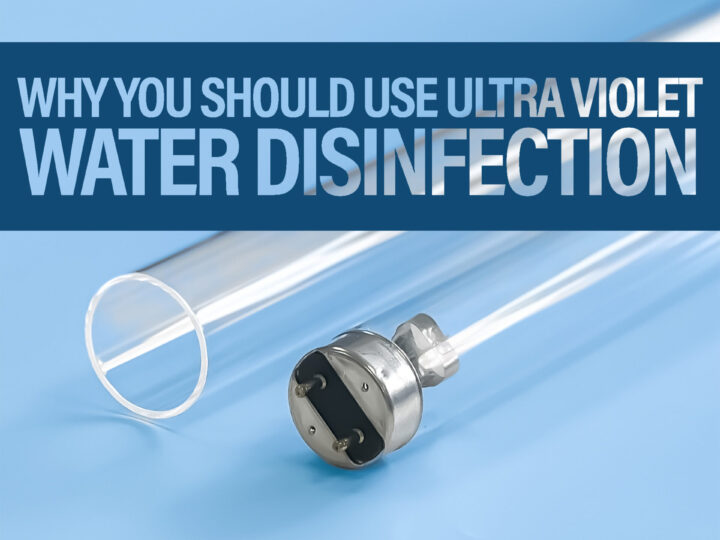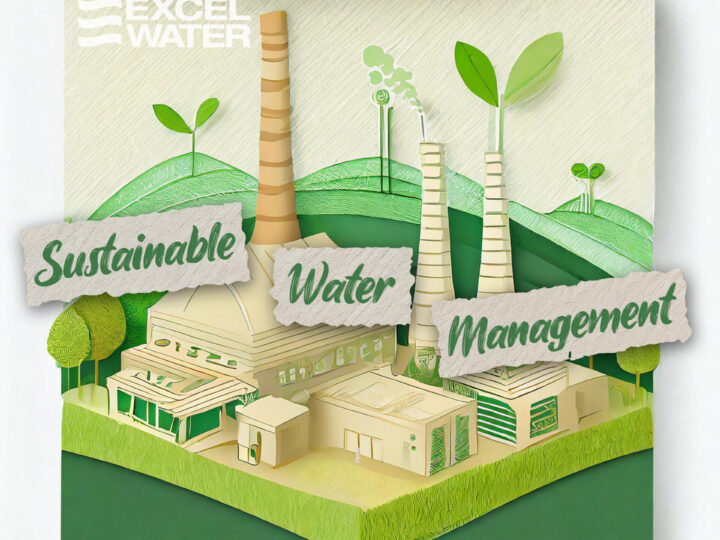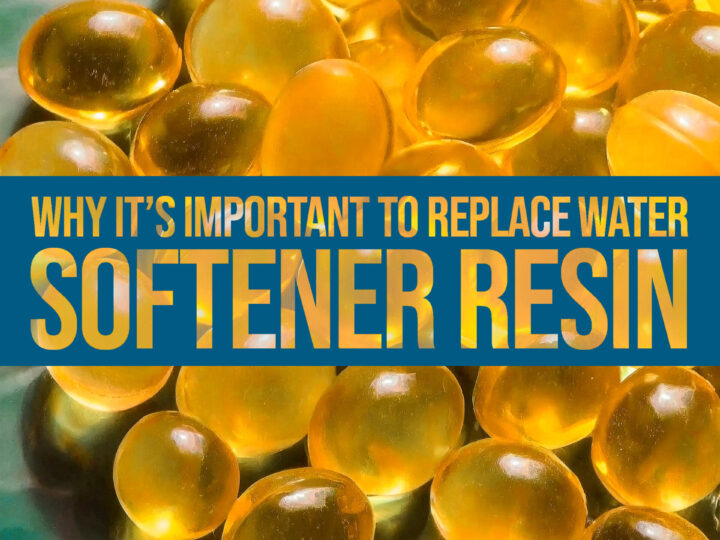
Your guide to EDI systems
Kev Anderson - 25th Apr 2023
At Excel Water, we’re proud to have a wealth of expertise within our team that we’re able to tap into. Thanks to our combined knowledge when it comes to water treatment and purification systems, we’re qualified to help our customers deal with a wide range of problems. That means we’re confident we can always deliver the absolute best products and services.
Roger Darlison recently returned to Excel Water and brings with him an abundance of knowledge on EDI systems. In order to impact a little of that knowledge, we chatted to Roger about all things Electrodeionisation (EDI), answering some of the most commonly asked questions we hear. Read on to find out more.
Hi Roger. Firstly, what is electrodeionisation?
Electrodeionisation, or EDI, is a means of purifying water to a very high quality. It works by utilising ion exchange technology driven by DC voltage in a continuous steam.
What does EDI remove from water?
As a method of deionisation, EDI is designed to remove any charged particles (ions) which remain in water after an initial treatment. Generally, this initial treatment is Reverse Osmosis.
How does Electrodeionisation/EDI work?
EDI works by passing a DC voltage through a module. The module contains Anion and Cation resin, membranes that selectively allow positively and negatively charged ions to pass through, as well as good quality water (which is termed dilute) and wastewater (termed concentrate or reject) streams. These water streams split out the water into a highly purified stream and a waste stream. The waste stream can then be easily recycled, furthering high efficiency for the customer.
As the process is continuous and driven by electricity, there are no further costs or inherent dangers of using harsh chemicals present with deionisation.
What are the benefits of electrodeionisation / EDI?
The key benefits of electrodeionisation systems are low running costs, low maintenance, and no harsh or dangerous chemicals that need handling and storing on site for regeneration purposes.
Can you tell us the most common uses for EDI systems?
EDI systems produce extremely pure water. This means that EDI systems are typically used as a final step in the multi-stage purification of water, taking water from towns or mains quality to high grade purity.
What industries most commonly use EDI systems?
Theoretically, EDI technology could be utilised in any industrial sector that requires high quality purified water. However, we commonly see EDI systems used in pharmaceutical, micro-electronics, food and beverage, medical devices and laboratory applications.
How do you identify when a client could benefit from an EDI system?
We would always try to steer a customer towards EDI technology if they are trying to achieve a clean, reliable and relatively low maintenance means of producing high-quality purified water.
What options for EDI systems are available?
Here at Excel Water we can tailor EDI systems to suit our customers’ specific needs. We have the capability to build EDI systems with flow rates as small as 400 l/hr up to 7000 l/hr with a single EDI unit (theoretically there is no limit to maximum flow rates as multiple EDI units can be utilised). The EDI modules themselves are generally mounted on stainless steel skids which are custom manufactured to allow us to meet virtually any customers requirements.
Do EDI systems require a lot of maintenance?
No; by its very nature this is a low maintenance technology. However, there is a requirement to carry out routine inspections, record data and compare that data to previous visits to enable quick diagnosis of any issues that may be arising, which is something we can help customers with.
We hope this answered any questions you may have about electrodeionisation and EDI systems. If you have any more questions or you’d like to talk about why an EDI system could be the right choice for you, please get in touch with the team for a friendly chat.
Back to Latest News




